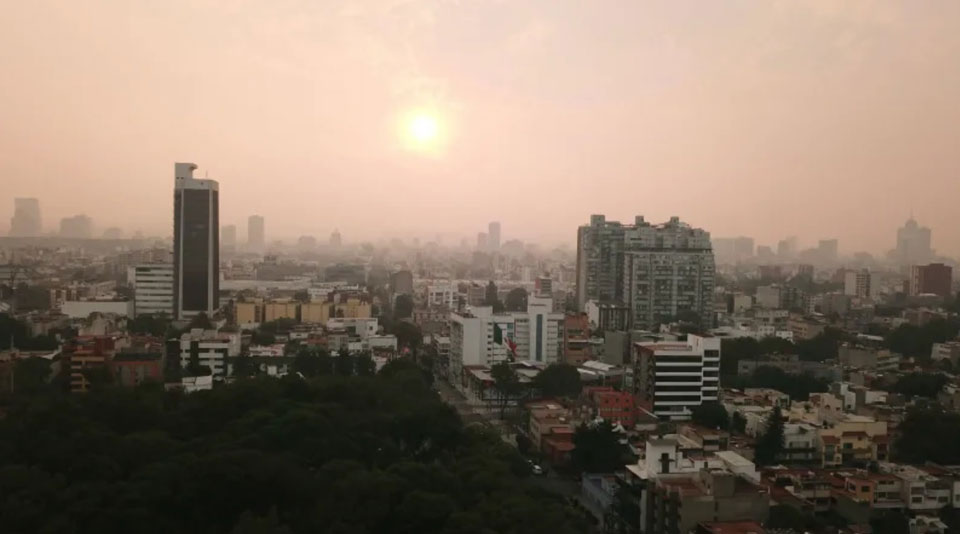There were 23 fires burning on Sunday, Mexico City’s Fire Department said, as NBC News reported. The fires have prompted authorities to declare emergencies in 11 municipalities in the southern state of Oaxaca. Blazes have also been reported in Valle de Bravo, Tepoztlán and Jalisco. The fires around the city have been fueled partly by hot, dry weather. Mexico City temperatures have been above average on 73 days this year.
“The climate works against Mexico City and the area has a baseline of poor air quality from urban sources,” Air Quality Program director and NYU Marron Institute of Urban Management associate professor Kevin Cromar told NBC News.
Rising temperatures in Mexico have been linked to climate change, according to the Climate Reality Project:
In fact, by the end of this century, northern Mexico could see its average annual temperatures rise by 3 – 4 degrees Celsius (about 5.4 – 7.2 Fahrenheit). And the rest of the country? It could see temperatures climb by 1.5 – 2.5 degrees Celsius (about 2.7 – 4.5 Fahrenheit).
A few degrees might not seem like a big deal, but think of it this way: What’s the difference between 0 and 1 degree Celsius? Well, that’s the difference between ice and water. A small change in temperature can really disrupt the systems we depend on to survive.
As Mexico (and our world) becomes warmer, the fingerprints of climate change can be seen everywhere you look. Climate scientists observe impacts like sea-level rise, longer and more intense wildfire seasons, and devastating droughts (just to name a few). And more importantly, everyday people experience the effects.
Air pollution has been associated with a growing list of negative health impacts, from lung and heart disease to dementia. It is responsible for an estimated 4.2 million early deaths each year, according to WHO.











